Violence against children
The right of children to protection from violence is enshrined in the Convention on the Rights of the Child and yet still one billion children experience some form of emotional, physical or sexual violence every year; and one child dies from violence every seven minutes.
Violence against children knows no boundaries of culture, class or education. It takes place against children in institutions, in schools, and at home. Peer violence is also a concern, as is the growth in cyberbullying. Children exposed to violence live in isolation, loneliness and fear, not knowing where to turn for help, especially when the perpetrator is someone close. Children’s gender, disability, poverty, nationality or religious origin may all increase the risk of violence with the youngest being especially vulnerable as they are less able to speak up and seek support.
In 2006, the UN Study provided a set of recommendations on how to end violence against children; and the Secretary-General appointed a Special Representative to ensure their effective follow-up and to monitor implementation.
There has been some real progress: many states now have legislation to prohibit physical, mental and sexual violence and support victims; campaigns are raising awareness of the negative impact of violence; and bullying, sexual violence and harmful practices against children are being tackled. We also have more data on the scale and nature of violence against children.
These are significant developments but much more needs to be done. The inclusion of a specific target (16.2) in the 2030 Agenda has shown the world’s commitment to end to all forms of violence against children. We must work urgently to ensure that noble vision becomes a reality for every child.
Children and the Sustainable Development Goals
For 15 years, the Millennium Development Goals (MDGs) were a guiding force on many issues affecting the lives of children, young people and their families. Over this time, tremendous progress was made in reducing preventable child deaths, getting more children into schools, reducing extreme poverty and ensuring more people have access to safe water and nutritious food.
However, progress has been uneven and many of the most pressing issues for the world — including addressing inequalities, promoting inclusive economic growth, protecting children from violence and combating climate change — were not adequately covered in the MDGs.
With the adoption of the new Sustainable Development Goals (SDGs) in September of 2015, world leaders have committed to ending poverty by 2030. But unless accelerated efforts are made:
- Almost 52 million children may die before reaching their fifth birthday between 2019 and 2030.
- Children in sub-Saharan Africa will be 16 times more likely to die before their fifth birthday than children in high-income countries.
- Nine out of 10 children living in extreme poverty will live in sub-Saharan Africa.
- More than 60 million primary school-aged children will be out of school – roughly the same number as are out of school today. More than half will be from sub-Saharan Africa.
- More than 150 million additional girls will marry before their 18th birthday by 2030.
These vast inequities and dangers do more than violate the rights and imperil the futures of individual children. They perpetuate intergenerational cycles of disadvantage and inequality that undermine the stability of societies and even the security of nations everywhere.
Children and the UN system
From the focus on education of the United Nations Educational, Scientific and Cultural Organization (UNESCO), to the efforts of the International Labour Organisation (ILO) to abolish child labor, to the Children and Youth Programme of the UN Relief and Works Agency for Palestine Refugees in the Near East (UNRWA), to the school feeding and health initiatives supported by the World Food Programme (WFP), to disease-eradication campaigns by the World Health Organization (WHO), the UN system is there for children.




